Fermenting and Saving Tomato Seeds: Techniques and Benefits
Go4Turf
February 27, 2024
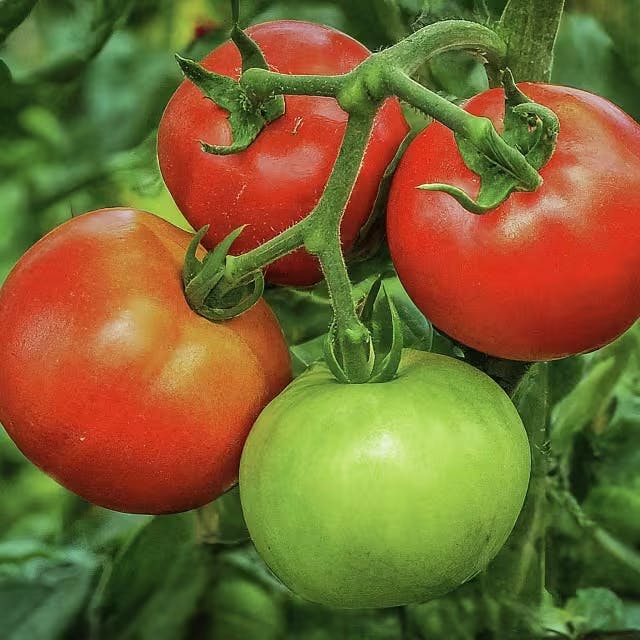
In an era where the diversity of heirloom tomatoes is at risk due to the consolidation of seed companies and the prioritization of hybrid varieties, the practice of fermenting and saving tomato seeds emerges as a crucial technique for preserving these flavorful gems. This article delves into the step-by-step guide on how to save your tomato seeds through fermentation, a method that not only aids in maintaining the health and vigor of tomato plants by preventing diseases but also ensures the longevity of seeds for future planting. Discover the incredible benefits of embracing this age-old practice, which allows gardeners to select traits suitable for local conditions, offering a deeper understanding of plant genetics and contributing to the biodiversity of our gardens.
Key Takeaways
Fermenting tomato seeds is a pivotal method for preserving the diversity of heirloom tomatoes amid the growing prevalence of hybrid varieties and the consolidation of seed companies.
By adopting the fermentation process for saving seeds, gardeners can ensure the health and vitality of tomato plants, as fermentation helps in preventing diseases.
Engaging in seed fermentation enables gardeners to retain seeds that are well-suited to local growing conditions, fostering a deeper comprehension of plant genetics and supporting garden biodiversity.
The process of fermenting and saving tomato seeds involves specific steps that, when followed correctly, guarantee the longevity and success of seeds for future planting seasons.
Storing fermented tomato seeds appropriately is essential for their longevity, ensuring that the seeds remain viable and ready for planting in the subsequent growing season.
Fermentation of tomato seeds serves not just as a technique for seed preservation but also as a measure to prevent common diseases, promoting healthier tomato plants.
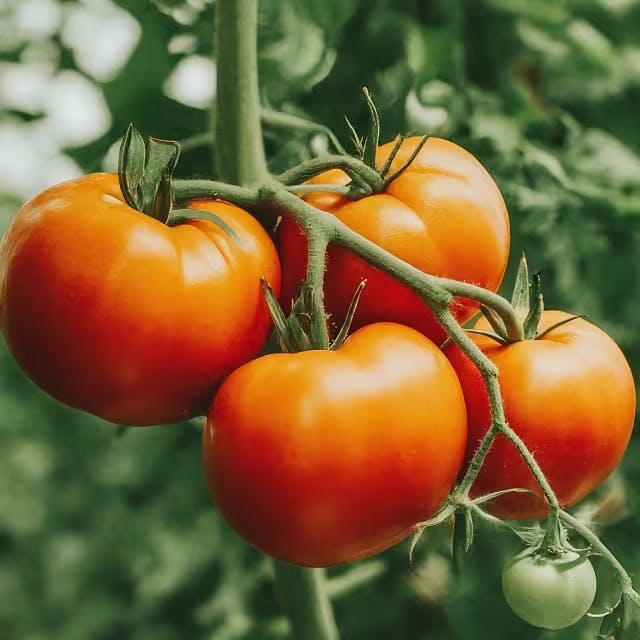
Unlocking the Secrets of Fermenting Tomato Seeds
Saving tomato seeds through fermentation is a simple yet impactful gardening practice. This method not only enhances seed viability but also contributes to stronger, disease-resistant plants. Here’s how to do it:
Select and Prepare Tomatoes: Choose fully ripe, healthy tomatoes from your garden. Cut them open and scoop the seeds, along with the gel surrounding them, into a jar.
Fermentation Process: Add a small amount of water to the jar if necessary, and cover it loosely. Store the jar at room temperature, away from direct sunlight, for about 3-5 days. During this time, fermentation occurs, which removes the gel coating, a barrier to seed germination.
Rinse and Dry: After fermentation, you’ll notice a layer of mold on the surface; this is normal. Remove this layer, pour the content through a fine sieve, and rinse the seeds well under running water. Spread the clean seeds on a paper towel or a drying screen. Ensure they are in a well-ventilated space, and stir them around occasionally to dry evenly.
Step | Action | Duration |
Prepare Tomatoes | Choose ripe tomatoes, scoop seeds. | N/A |
Fermentation | Loosely cover jar, leave at room temperature. | 3-5 days |
Rinse and Dry | Remove mold, rinse seeds, and dry. | Until completely dry |
By adopting repotting techniques for tomato seedlings, gardeners can further promote robust plant development. Likewise, exploring unique growing methods like the Trough Transplanting Method for tomatoes complements seed-saving efforts by ensuring healthier plants and higher yields.
Considering these techniques for saving and sowing tomato seeds can transform your gardening experience, leading to more fruitful seasons.
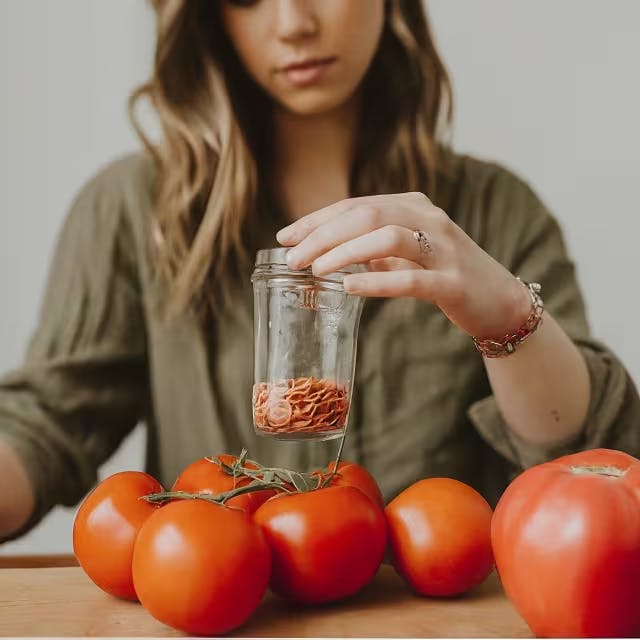
Step-By-Step Guide to Saving Your Tomato Seeds
Saving tomato seeds isn't just about being thrifty; it's a gateway to preserving biodiversity and adapting your crops to your local environment. The trick is in doing it right to ensure the seeds you save this year bring forth robust plants next season. Here’s a quick dive into how to save your tomato seeds effectively:
Select the Right Tomatoes: Not all tomatoes are created equal when it comes to seed saving. Opt for heirloom varieties because seeds from these plants will produce tomatoes that are true to the parent plant. Steer clear of hybrid varieties as they may not reproduce faithfully.
Fermentation: This might sound like a step for winemaking, but it’s crucial for saving tomato seeds. Fermentation removes the gelatinous sac encasing tomato seeds, which contains growth inhibitors. Simply squeeze or scoop the seeds along with the pulp into a jar and add water until it covers the mix. Cover it loosely and place it in a warm location for 3-4 days. You'll notice the mixture fermenting and forming a moldy layer on top. This is a good sign.
Rinse and Dry: After fermentation, you'll need to rinse the seeds to remove the mold and any remaining pulp. Place the seeds in a strainer and run them under water until they're clean. Spread them out on a paper towel or coffee filter to dry. Avoid newspaper for this step, to prevent the ink from contaminating your seeds. However, for those looking into more sustainable practices, creating biodegradable newspaper pots is a fantastic way to start seeds.
Storage: Once your seeds are dry, store them in a cool, dark place. Using envelopes or small jars can help keep them organized. Remember to label them with the variety and the date collected. Properly stored, tomato seeds can remain viable for several years.
Planting: When it's time to plant, consider creating your own DIY seed starting mix, which can provide your seeds with the best environment to sprout and thrive.
By following these steps, not only are you preserving the heritage and flavors of diverse tomato varieties, but you're also taking an active role in sustainable gardening. Heirloom tomatoes carry stories and flavors quite unlike the commercial varieties, and by saving and sharing these seeds, you become part of a community dedicated to preserving our agricultural heritage.
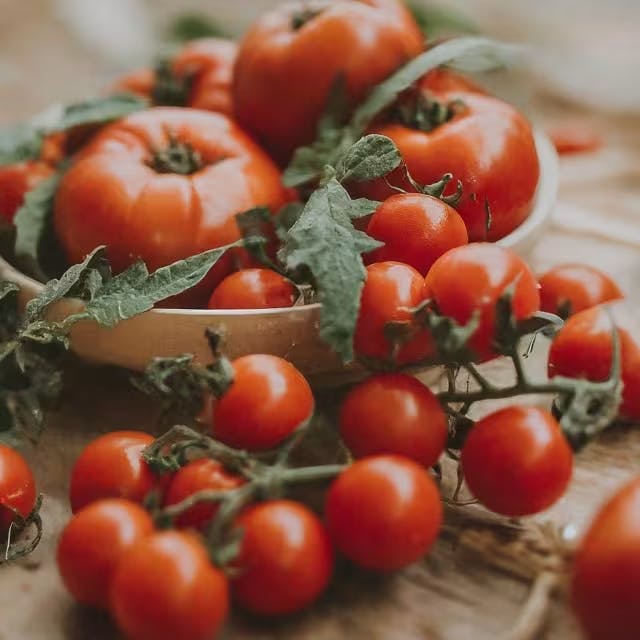
The Incredible Benefits of Saving and Fermenting Your Own Tomato Seeds
Saving and fermenting tomato seeds might just be the gardening hack you didn’t know you needed. By adopting this simple practice, you not only ensure a bounty of tomatoes for next season but also tap into a whole host of benefits for your garden and your palate.
Healthier Seedlings: Fermented seeds are less likely to carry diseases. This process naturally eliminates harmful bacteria, giving your seedlings a healthier start.
Improved Germination: The fermentation process breaks down the gelatinous coating of tomato seeds, enhancing water absorption and encouraging a higher germination rate.
Sustainability at its Best: Saving your tomato seeds contributes to garden sustainability. You become a part of a cycle that lessens waste and maximizes resources.
Enhanced Flavors: Just as fermenting enhances flavors in hot sauce, fermenting tomato seeds can potentially influence the robustness of tomato flavors, making your homegrown tomatoes even more delicious.
Incorporating the method of fermenting and saving your tomato seeds into your gardening routine is a step towards self-sufficiency. It’s a nod to age-old practices that foretell healthier plants and possibly tastier tomatoes, all while doing your part for the environment.
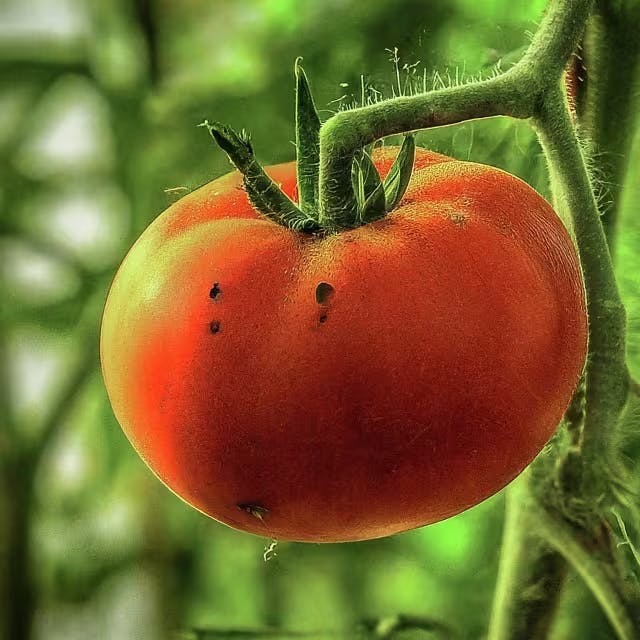
Preventing Diseases in Tomato Plants Through Seed Fermentation
Fermenting tomato seeds before saving them is a powerful method to help prevent diseases, particularly those that cause damping off in young seedlings. This problem, which makes seedlings wilt and die before they mature, is often due to pathogens such as Rhizoctonia spp., Fusarium spp., and Pythium spp. These thrive in moist conditions and can severely impact trays of young plants. Mature plants with developed leaves and roots have more resistance, but early prevention is key to healthy growth.
The process involves soaking the seeds in water for a few days, which removes the gelatinous coating and allows any disease-causing bacteria to be easily washed away. Not only does this simple step safeguard against bacterial canker, but it also significantly reduces the risk of transmitting soilborne pathogens to the next generation of plants. After fermenting, viable seeds sink to the bottom and can then be dried and stored, ready for planting when the next season comes around.
Incorporating techniques that protect plant health from the very start, like seed fermentation, is paramount for a thriving garden. Drawing on advice from gardening experts about sunlight, water, nutrients, and more can elevate your gardening practices to ensure robust growth from seed to mature plant.
Remember, while fermentation is highly beneficial for heirloom and open-pollinated varieties, it's wise not to save F1 hybrid seeds as they won't reproduce true to their original form. Learning the fundamentals of fermenting and saving tomato seeds not only contributes to disease prevention but also supports sustainability and self-reliance in gardening endeavors.
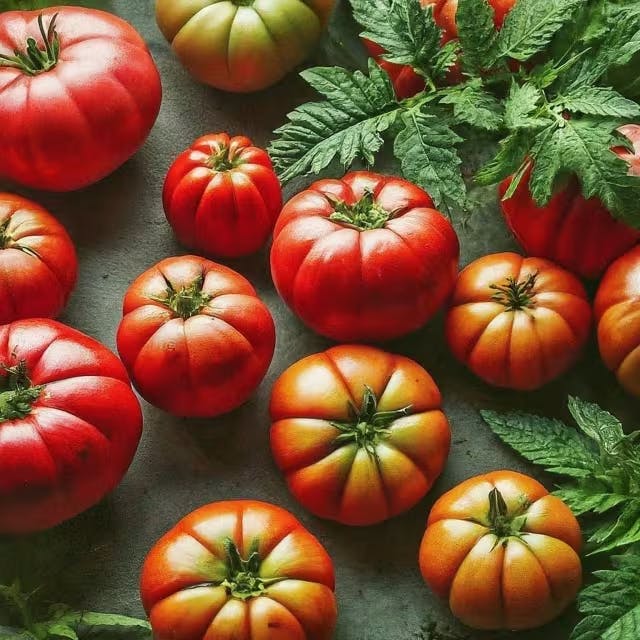
How to Store Fermented Tomato Seeds for Longevity
Once your tomato seeds have completed the fermentation process, it's time to store them properly to ensure their longevity. Drying is a crucial step that can't be overlooked. Spread the seeds out on an unwaxed paper plate—a tip from Doug Muller, co-founder of Hudson Valley Seed, who emphasizes avoiding materials that could retain moisture, like waxed plates or plastic. The seeds need to be kept in a well-ventilated, dry area away from direct sunlight. A room temperature around 70°F (21°C) is ideal for drying seeds efficiently.
After the seeds are thoroughly dried, which might take a couple of weeks, storing them properly is the next step to protect your future harvests. Small paper envelopes or glass jars are perfect for storage because they ensure the seeds are not exposed to moisture or light, which can damage them. Don't forget to label your envelopes or jars with the name and date to keep track of your seed inventory. For the best results, place the sealed envelopes or jars in a cool, dark place. Some gardeners recommend refrigerating seeds for long-term storage, but it's essential to ensure the seeds are completely dry to prevent mold growth.
By carefully drying and storing your fermented tomato seeds, you’re not only practicing sustainable gardening but also ensuring a bountiful harvest in the seasons to come. Through following these simple steps, you're embracing nature's cycle and paving the way for more delicious tomatoes year after year. For more detailed insights into the seed-saving process, consider exploring tutorials by expert gardeners like Doug Muller's fermentation techniques, aimed specifically at helping home gardeners succeed. In conclusion, fermenting and saving tomato seeds is not just a technique but a gateway to stronger, more disease-resistant plants and a more sustainable garden. By following the simple steps of fermenting, drying, and storing tomato seeds, gardeners can enhance the viability and biodiversity of their crops. This not only promises a more fruitful gardening experience but also plays a vital role in preserving plant health and contributing to environmental stewardship.
Frequently Asked Questions
Why is fermenting tomato seeds before saving them beneficial for your garden?
Fermenting tomato seeds is beneficial for multiple reasons: it effectively removes the gelatinous coating that inhibits germination, reduces the risk of transmitting soilborne diseases to seedlings, and improves seed viability and germination rates. This simple, traditional practice supports sustainable gardening by allowing seeds from the best plants to be saved and sown the next season, leading to healthier, more robust tomato plants in your garden.
How can you properly prepare tomatoes for the fermentation process?
To prepare tomatoes for the fermentation process, first select ripe, healthy tomatoes and scoop the seeds and gel into a jar. Cover the jar loosely and leave it at room temperature away from direct sunlight for 3-5 days, allowing fermentation to take place. After fermentation, remove any mold, rinse the seeds under running water, and spread them out to dry in a well-ventilated area.
What steps should you follow to ensure successful fermentation of tomato seeds?
To ensure successful fermentation of tomato seeds, initiate by selecting ripe tomatoes and extracting the seeds along with the surrounding gel into a jar. Move to the fermentation stage by loosely covering the jar and keeping it at room temperature away from direct sunlight for 3-5 days until fermentation occurs. Finally, after a moldy layer forms on the surface, eliminate it, rinse the seeds well under running water, and spread them out to dry in a well-ventilated space, stirring occasionally for even drying.
How does fermenting tomato seeds contribute to disease prevention in young plants?
Fermenting tomato seeds before saving them naturally eliminates harmful bacteria, significantly reducing the likelihood of seedlings developing diseases such as damping off, caused by pathogens like Rhizoctonia spp., Fusarium spp., and Pythium spp. This process involves a short soaking period that removes the seeds' gelatinous coating, making it easier to wash away any disease-causing bacteria and ensuring healthier, disease-resistant young plants.
What are the best practices for drying and storing fermented tomato seeds for future planting?
After fermenting tomato seeds, rinse and dry them thoroughly on a non-waxy surface to prevent moisture retention. Spread them in a single layer in a well-ventilated area at room temperature, away from direct sunlight, until completely dry. Store the dried seeds in small paper envelopes or glass jars, labeled with the name and date, in a cool, dark place to ensure longevity.
How does saving and fermenting your own tomato seeds promote garden sustainability and biodiversity?
Saving and fermenting your own tomato seeds promotes garden sustainability and biodiversity by ensuring the production of disease-resistant, strong plants which supports a healthy, robust garden ecosystem. This practice reduces waste by using what you already have, contributes to genetic diversity by allowing you to select seeds from the best performing plants, and fosters a deeper connection to your garden by encouraging self-sufficiency and a hands-on approach to cultivating plant varieties best suited to your local environment.